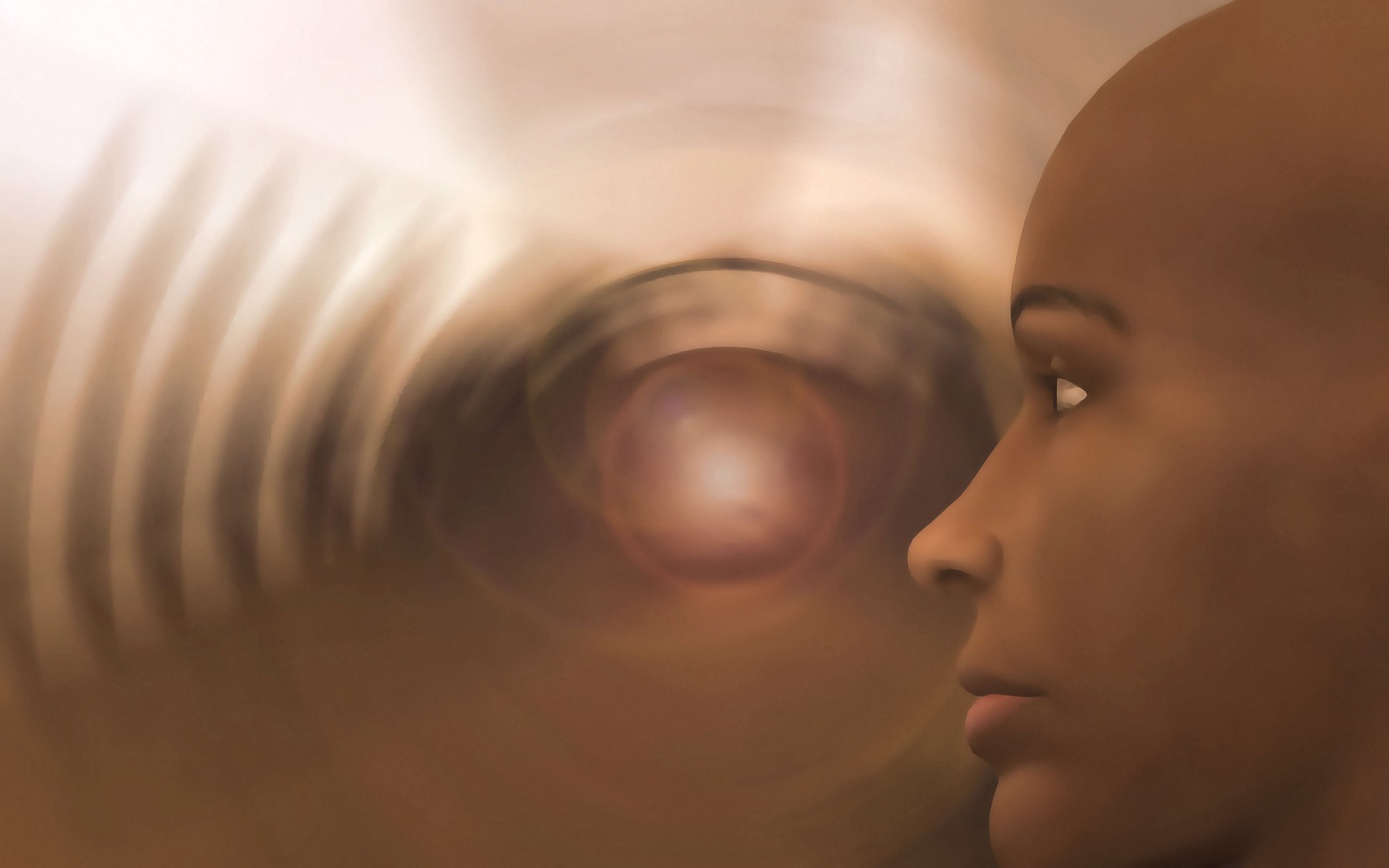 Submitted by Phantom on
Submitted by Phantom on

What Is the Mechanism?
The psychoplasm concept expands the current model of genetic inheritance. Scientists presently assume a combination of forty-six pairs of chromosomes (23 sets from each parent) carries forward all the data necessary for the zygote to develop into a complete human being. It is generally accepted that physical traits are transmitted from the parents to their progeny through this genetic package. Body types, hair patterns, predispositions to some diseases, and more are considered gene-based. Even behavioral inclinations are believed by some to be transmitted via the genome.
However, the evidence developed by the Reincarnation Experiment that appears to connect past to present lives covers more areas than the above-mentioned factors attributed to DNA transfer. Beyond unique physical features, reincarnation evidence includes a variety of personality traits, specific knowledge, and special skills. Thus a reincarnation mechanism must be more comprehensive and capable of activating genetic off/on switches beyond or different from those normally identified with inherited traits.
The theoretical psychoplasm is just such a mechanism. It is analogous to the individual cell in that it encompasses all the factors necessary to reproduce itself in a new physical form, including any mutations and adaptations that carry-forward in the evolutionary process. The project has identified five psycho-physical factors that appear to comprise the integral psychoplasm.
The Psychoplasm and Carl Jung
Jung hinted in his autobiography that parts of the individual's personality, clocked in the personal unconsciousness, represented an inherited legacy. Consistent with Jung's tentative musing in this direction, the psychoplasm can be seen as a more fully developed concept. This relatonship is discussed in Von Ward's attached review of the new book Past Life Dreamwork by Jungian analyst Sabine Lucas, Ph.D.
Five Factors
The "Soul Genome" hypothesis posits that an infant begins life with a past-life legacy embedded in the psychoplasm. With it as a foundation, the infant interacts with its new environment and social network to create its own unique contribution to the ongoing process of evolution. If reincarnation works as the present evidence suggests, this cumulative, multigenerational legacy, modified by each lifetime of experience, becomes the inheritance of the psychoplasm’s next incarnation.
The Reincarnation Experiment has demonstrated that it possible to identify and evaluate at least five factors in all of its most robust cases. Following are brief descriptions of the five factors:
Genotype/Phenotype. The most visible—but not necessarily the most important—factor in the psychoplasm is that of physical characteristics. Unless the present and former bodies have out-of-the-ordinary features or a clear deformity, the face is the most obvious area of correspondence.
While a valid past-life identification should show common facial features, similar features do not necessarily mean a definitive linkage. For this reason, the overall phenotypes in both the present and past life must be compared. The physical characteristics considered by biometric science to be least susceptible to genetic mutation or external influences are the body type, facial geometry, ear form, hand and finger shapes, voice, and odor.
Cognitive Cerebrotypes. Psychologists have many techniques to assess an individual’s mental style and capacities. Some focus on comparative categories—as in quadrants like sensor/intuitive and thinker/feeler. IQ tests cover a variety of skill areas: pattern recognition, spacial perception, verbal skills, logical reasoning and classification skills. They test one’s capacity to perceive and comprehend a set of circumstances and skill to solve complex problems. Others involve knowledge, short-term memory, or specific areas of training.
In reincarnation matching, the goal is neither to discover the parties’ specific scores on such tests nor to judge whether they are normal or bright. A past-life identification depends on an estimate of the probability that the mind that incarnated in the past life animates the current one.
Emotional Egotypes. The egotype factor determines how each person copes with the environment. Psychologists have devised untold numbers of measures to distinguish individual differences in emotional traits, types, factors, and behaviors. The reincarnation researcher does not judge which types work better and which are the least effective. He or she simply needs to compare two emotional packages across time.
While the circumstances vary, the basic psychological set should show itself in both periods in history. The scores arrived at should result in the perspective that a hypothetical time traveller might have if he were able to look in on the two people. He should be able to say, “Ah, Mr. X certainly behaves like Mr.Y a century ago.”
Social Personatypes. The individual’s personatype determines how she or he relates to others. Many readers have undoubtedly been the subjects of various personality tests that purport to give a label that identifies the subgroup to which the person belongs. The five interpersonal traits used here identify patterns that transcend historical and cultural differences.
They provide a basic picture of how the incarnated soul interacts with other souls in different human situations. The personatype scale provides a brief set of descriptors on how the two being assessed handled themselves in public and private circles.
Behavioral Performatypes. All humans regardless of status, health, skills, or circumstance engage in work and play. In the former we may think of vocation or professions and in the latter of hobbies or avocation. Everyone makes choices about the activities that fill their days.
While such choices depend on a society’s complexity and technology, even simple human cultures provide a variety of roles that call for different personality types. The performatype scale compares two lifetimes with generic categories that reflect the individual’s creative traits.
Read more @ http://www.reincarnationexperiment.org/soulpsychoplasm.html